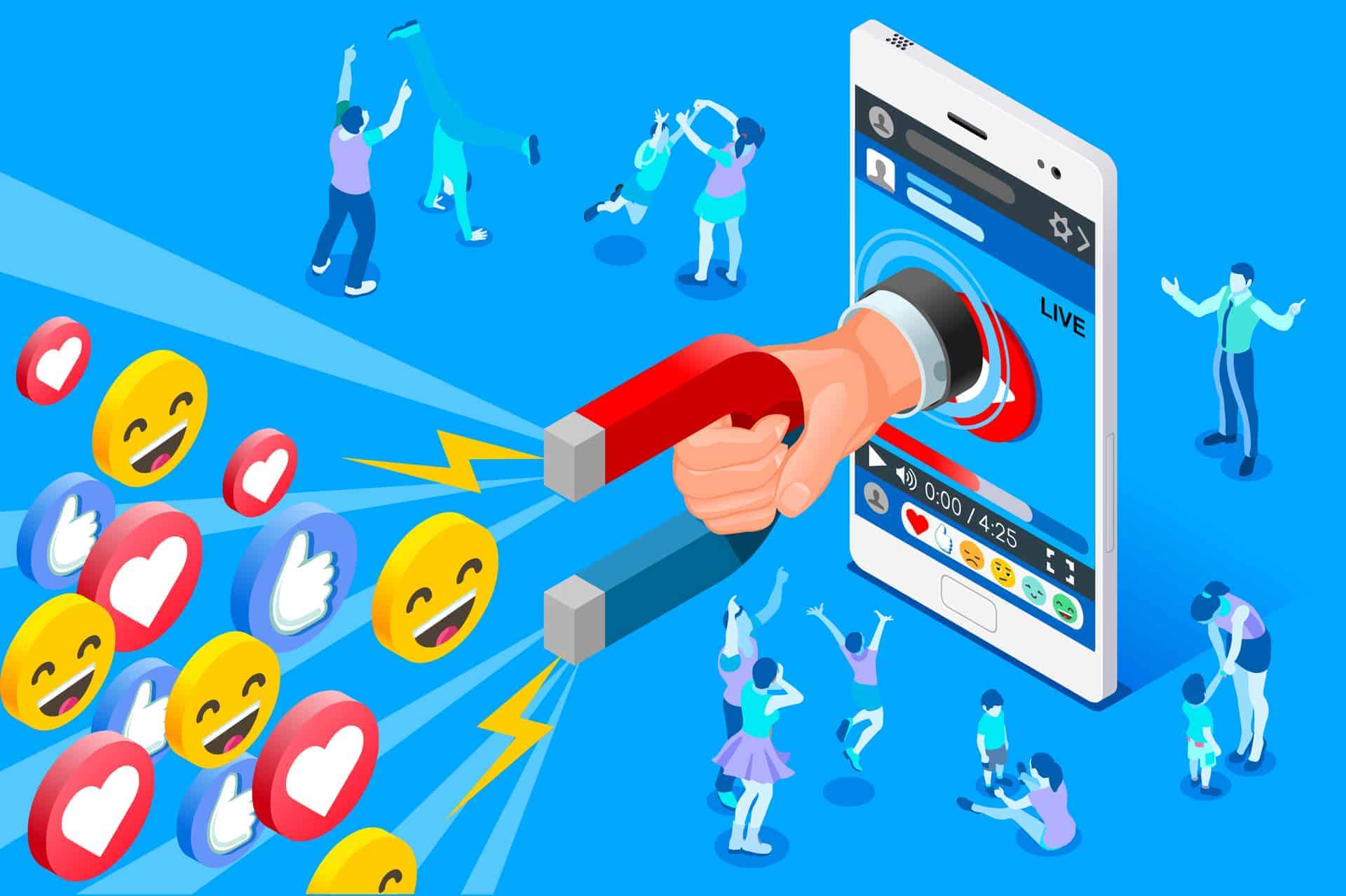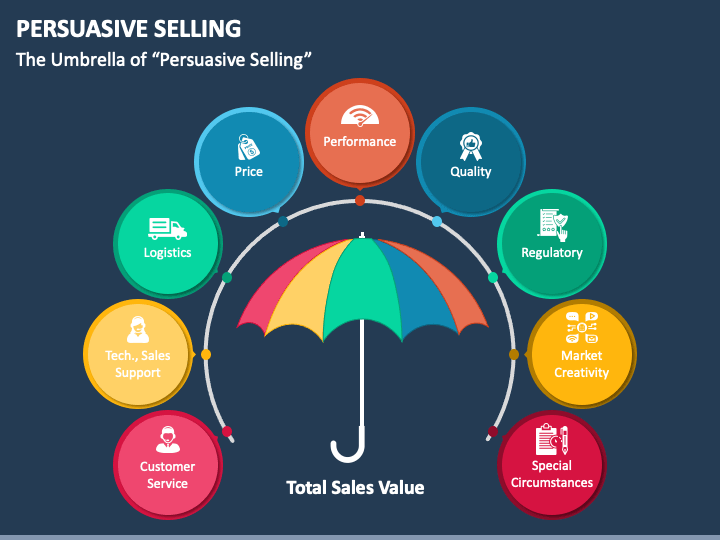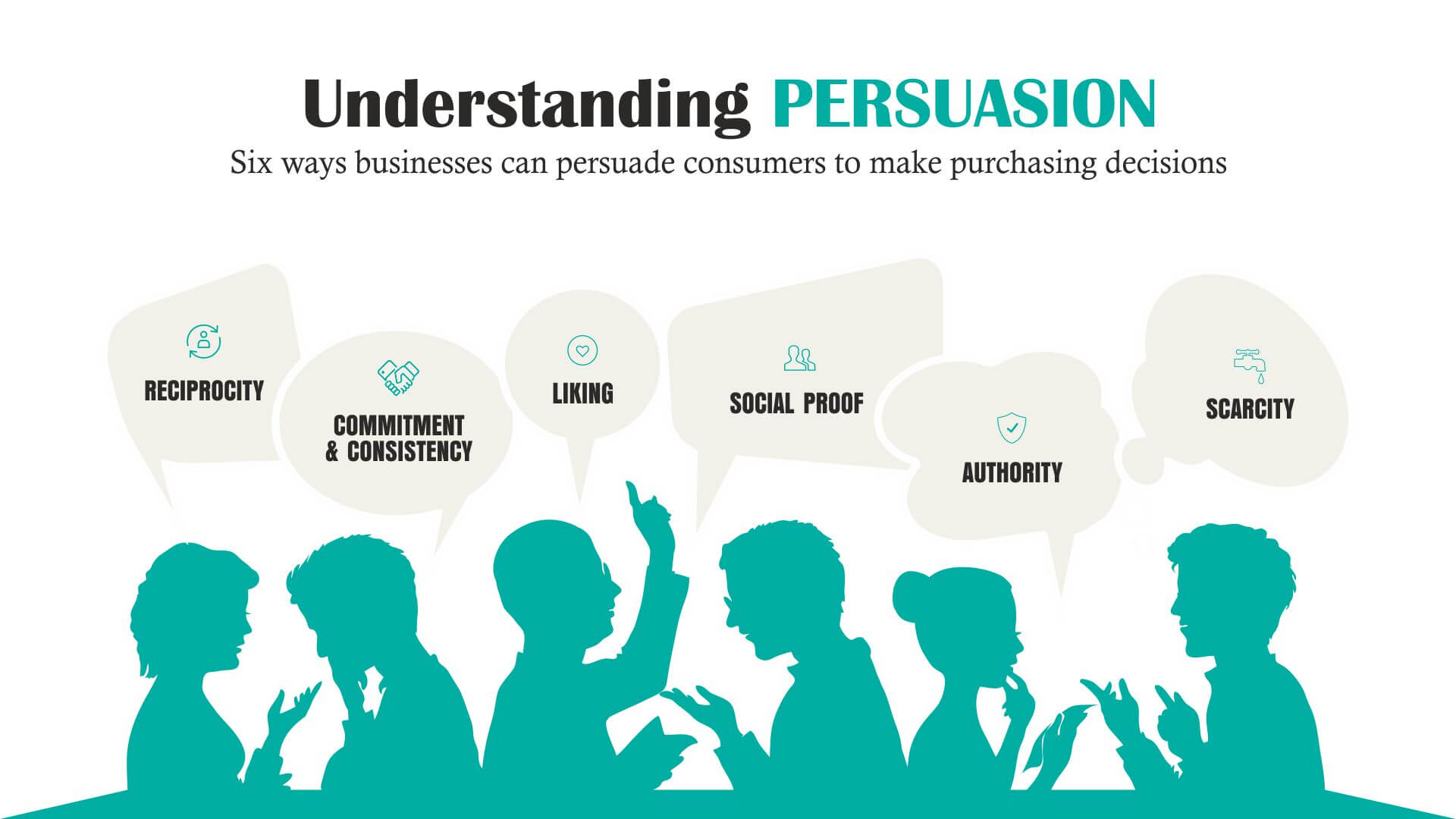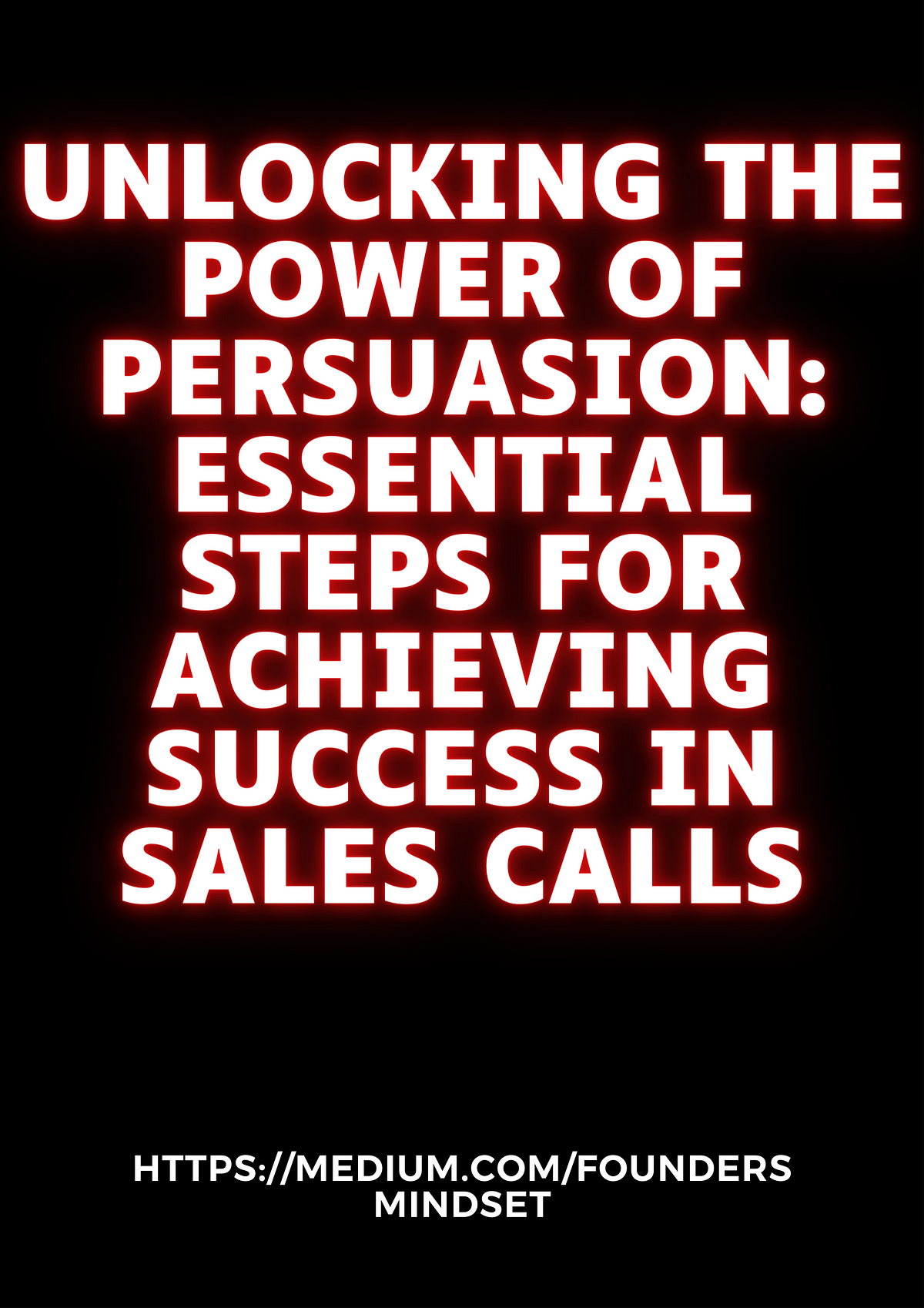Unlocking the Power of Persuasion: A Guide to Selling Your Product or Service

As an architect and interior design expert, I’ve spent years crafting spaces that resonate with people on a deeply personal level. The process of understanding a client’s needs, translating them into tangible design elements, and ultimately delivering a space that exceeds expectations is one I’ve mastered.
This expertise translates directly into the world of sales. Just as a successful design project relies on understanding a client’s needs and desires, selling a product or service hinges on effectively communicating its value proposition. To help you navigate this process, I’ll break down the key elements of persuasive communication, providing practical strategies and examples to guide you.

1. Define Your Ideal Customer:
Before you can effectively communicate the value of your product or service, you need to understand who you’re talking to. Who is your ideal customer? What are their needs, pain points, and aspirations?
Example: Let’s say you’re selling a high-end kitchen appliance. Your ideal customer might be a busy professional who values quality, convenience, and a sleek aesthetic. They might be willing to invest in a premium product that simplifies their daily routine and enhances their lifestyle.

2. Identify Key Features and Benefits:
Once you know your target audience, you can pinpoint the features and benefits that resonate most with them.
- Features: These are the tangible aspects of your product or service. Think of them as the building blocks.
- Benefits: These are the intangible outcomes that your product or service delivers. They address the "why" behind the purchase.


Example: Continuing with the kitchen appliance example, some key features might be:


Feature: Automatic temperature control


Benefit: Ensures perfectly cooked meals every time, saving time and reducing stress.

Feature: Sleek, minimalist design
Benefit: Complements a modern kitchen aesthetic, enhancing the overall look and feel of the space.

3. Craft Compelling Messaging:
Now that you’ve identified your ideal customer and key features and benefits, it’s time to craft your messaging. This involves using language that is:

- Clear and concise: Avoid jargon and technical terms that your audience might not understand.
- Benefit-driven: Focus on the value your product or service delivers, not just its features.
- Emotional: Connect with your audience on a personal level by appealing to their needs, desires, and aspirations.
Example: Instead of saying "Our kitchen appliance has automatic temperature control," you could say "Our kitchen appliance takes the guesswork out of cooking, ensuring perfectly cooked meals every time."
4. Leverage Storytelling:
Stories are powerful tools for connecting with people and making your message memorable. Use storytelling to:
- Demonstrate the benefits of your product or service: Share a customer testimonial about how your product solved a specific problem or improved their life.
- Create a sense of connection: Share your own story about why you created the product or service, or how it has impacted your life.
- Evoke emotions: Use vivid language and imagery to create a sense of excitement, anticipation, or inspiration.
Example: Instead of simply listing the features of your kitchen appliance, you could share a story about a busy professional who used it to prepare healthy meals for their family after a long day at work.
5. Use Visuals Effectively:
Visuals are essential for capturing attention and conveying your message. Use high-quality images, videos, and infographics to:
- Showcase the features of your product or service: Provide close-up shots that highlight key details.
- Demonstrate how your product or service works: Create a video tutorial or animation that walks viewers through the process.
- Evoke emotions: Use images that evoke feelings of joy, excitement, or inspiration.
Example: Instead of simply describing the sleek design of your kitchen appliance, you could use a high-quality image of it in a modern kitchen setting, highlighting its aesthetic appeal.
6. Address Objections and Concerns:
It’s inevitable that potential customers will have questions or concerns. Be prepared to address these head-on with clear, concise answers.
- Anticipate common objections: What are the most common questions or concerns that your customers have? Prepare answers in advance.
- Use testimonials and case studies: Share examples of how your product or service has benefited others.
- Offer a guarantee or trial period: Show your confidence in your product or service by offering a guarantee or trial period.
Example: If a potential customer is concerned about the price of your kitchen appliance, you could address their concern by highlighting its long-term value and durability, as well as its ability to save them time and money in the long run.
7. Call to Action:
Don’t leave your audience hanging. Give them a clear call to action, telling them what you want them to do next.
- Make it easy to take action: Provide a clear and concise call to action, such as "Learn more," "Buy now," or "Schedule a consultation."
- Create a sense of urgency: Use phrases like "Limited-time offer" or "Act now."
- Offer incentives: Provide a discount, free shipping, or other incentives to encourage action.
Example: You could end your message with a call to action like "Upgrade your kitchen today with our high-performance kitchen appliance. Order now and receive free shipping!"
8. Continuously Evaluate and Improve:
Don’t be afraid to experiment and adjust your messaging based on your results. Track your metrics and analyze your data to see what’s working and what’s not.
- Use A/B testing: Test different versions of your messaging to see which performs best.
- Gather feedback: Ask your customers for their feedback on your product or service and your marketing materials.
- Stay up-to-date with trends: Keep an eye on industry trends and adapt your messaging accordingly.
Conclusion:
Selling your product or service effectively is an art and a science. By understanding your ideal customer, identifying key features and benefits, crafting compelling messaging, and using a variety of persuasive techniques, you can effectively communicate the value of your product or service and drive sales. Remember, the key is to connect with your audience on a personal level, build trust, and ultimately help them make an informed purchasing decision.
This guide provides a framework for effectively communicating the value of your product or service. By applying these principles, you can unlock the power of persuasion and achieve your sales goals.


